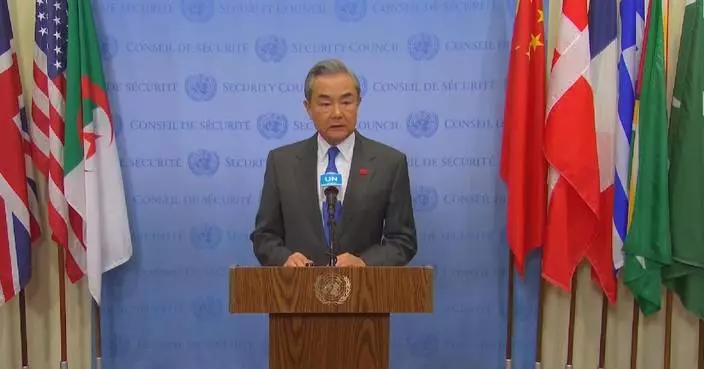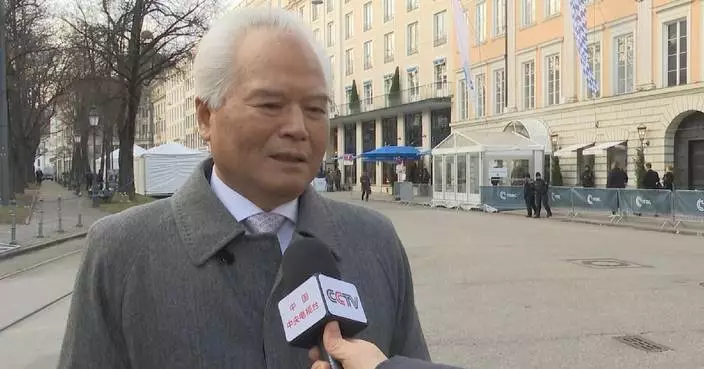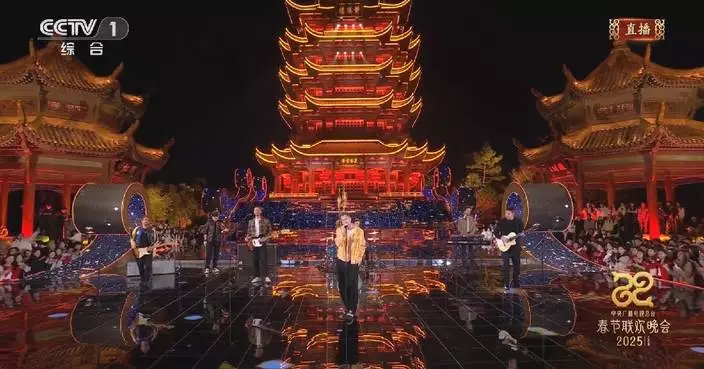The 2024 World Chinese Language Conference opened in Beijing on Thursday, attracting over 2,000 participants, including government officials, school principals, experts, scholars, representatives of teachers and students, and diplomatic envoys from more than 160 countries and regions.
Chinese President Xi Jinping sent a congratulatory letter to the event, which was read out by Vice President Han Zheng at the opening ceremony of the meeting.
In his letter, Xi congratulated the Confucius Institute on the 20th anniversary of its establishment.
He noted the Chinese language, which encapsulates the millennia-old wisdom of Chinese civilization, is an important public cultural product that China has contributed to the world.
Xi expressed the hope that the conference will enhance interconnection and integration, build consensus, and strive to build bridges for linguistic connectivity, mutual understanding, mutual trust, and mutual learning between civilizations, thus contributing to jointly building a community with a shared future for mankind.
Noting that President Xi attaches great importance to international Chinese education, Han said the flourishing of international Chinese education has opened important windows for people around the world to learn Chinese, established bridges of communication for enhancing friendship between China and other nations, and provided a broad platform for the exchange and mutual learning between different civilizations. The vice president pointed out that China has proposed and actively implemented the Global Civilization Initiative, and is committed to strengthening international cultural exchanges and cooperation.
China places high importance on international Chinese education and language exchange cooperation, and will continue to vigorously support countries in their efforts to promote Chinese education, helping more overseas individuals learn about Chinese language and culture, and gain a true, multi-dimensional and panoramic understanding of China, he said.
He noted that through the conference, institutions from domestic and abroad, as well as international Chinese educators are expected to exchange ideas, build consensus, and contribute wisdom and strength to the high-quality development of international Chinese education, the enhancement of mutual understanding and friendship among the people of various countries, and the promotion of exchanges and mutual learning among different civilizations.
Representatives from domestic and across the world including former Belarusian Deputy Prime Minister Anatoly Tozik, who also serves as the chairman of Belarusian-Chinese Friendship Society and Cambodian deputy prime minister Hang Chuon Naron, also the country's Minister of Education, Youth and Sport, addressed the meeting.
Before the opening of the event, Han also visited an exhibition showcasing the innovative progress achieved on international Chinese eduction and by the Confucius Institute.
Themed "Interconnection, Integration, Inheritance, Innovation," the 2024 World Chinese Language Conference is hosted by the Chinese Ministry of Education.

World Chinese Language Conference kicks off in Beijing

















































